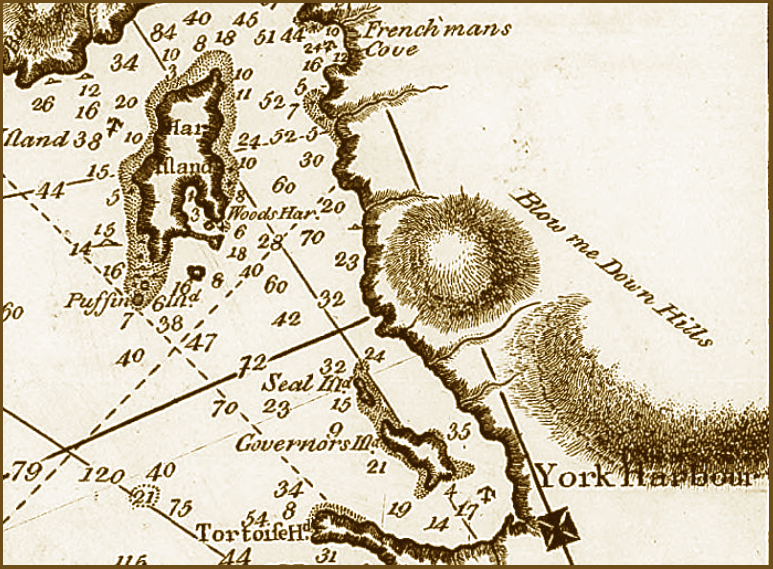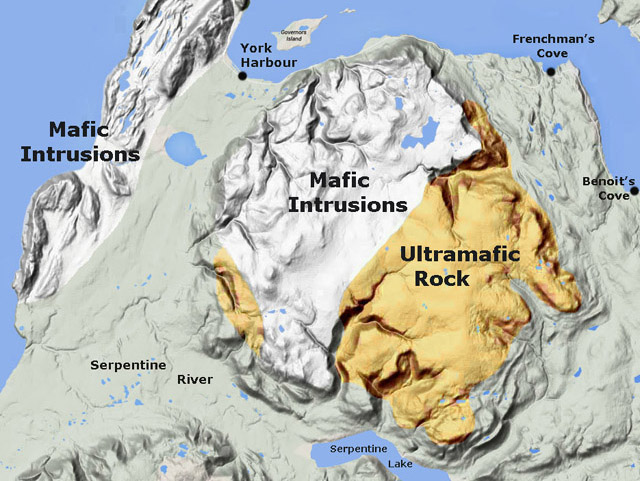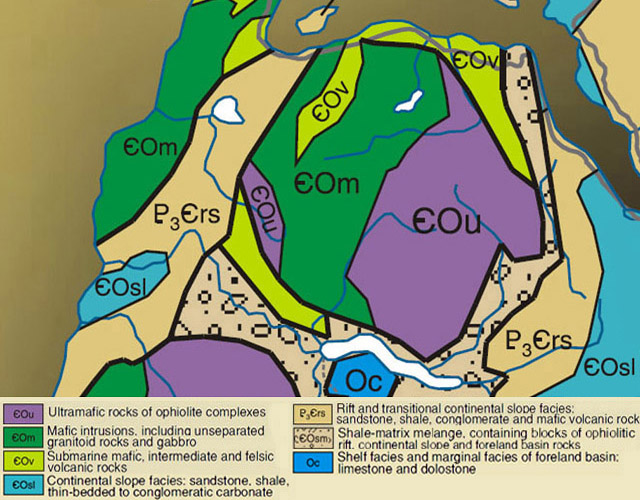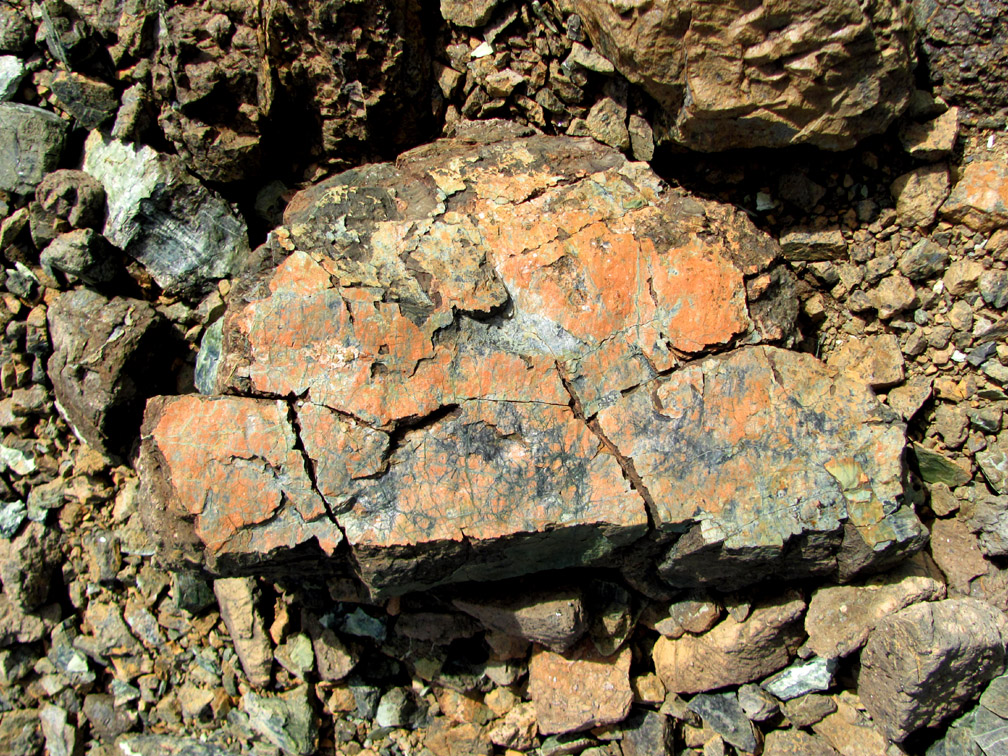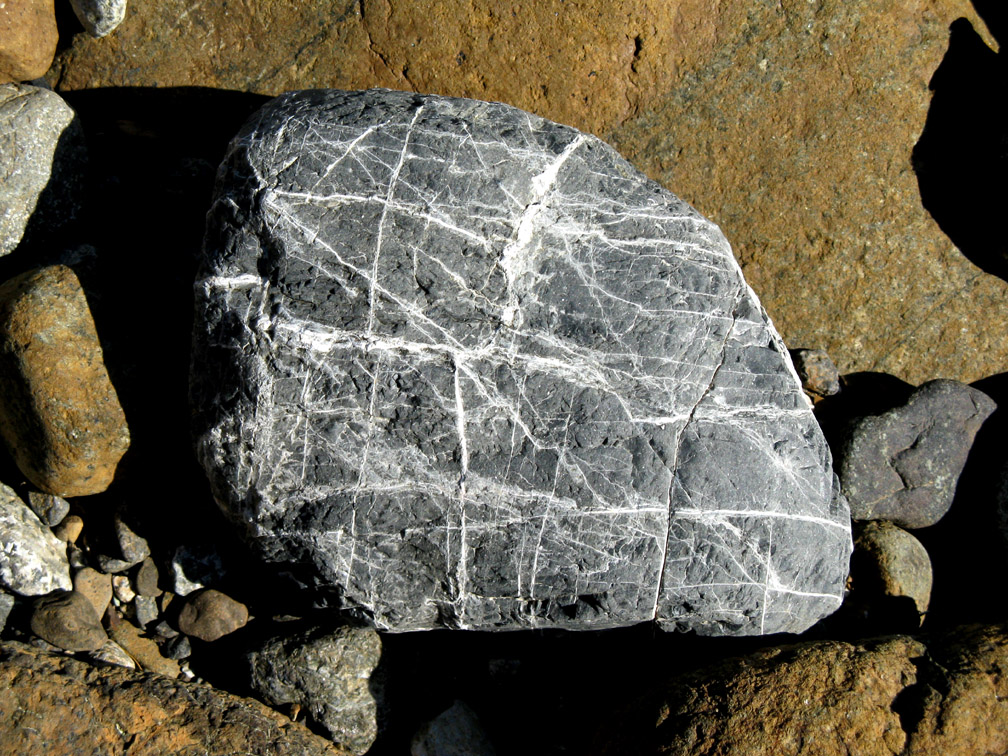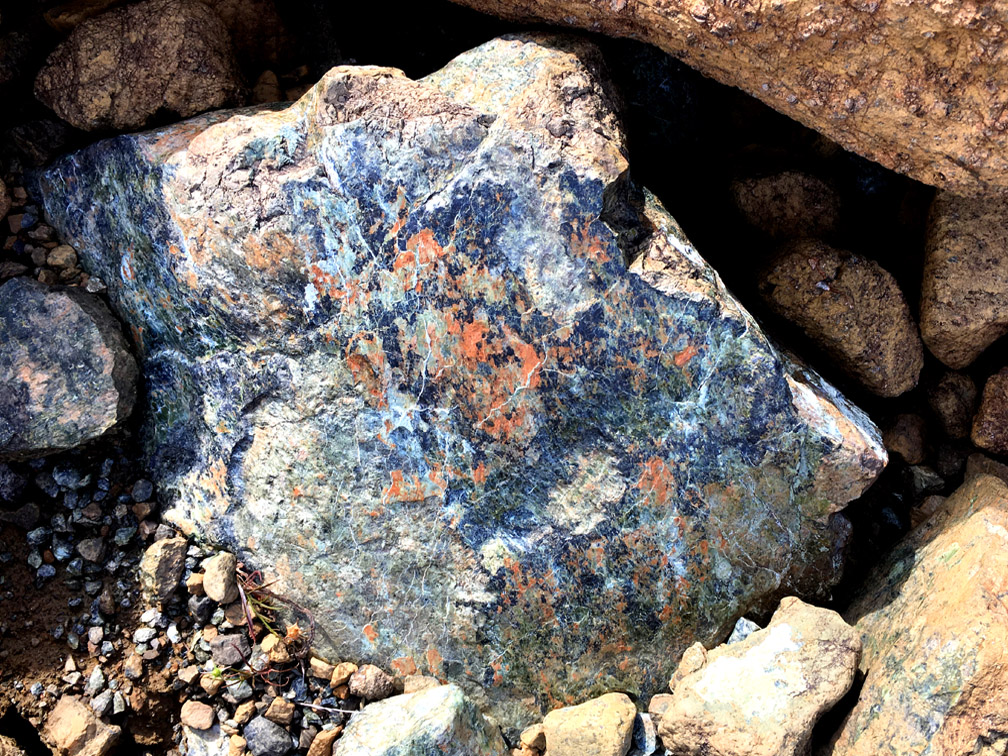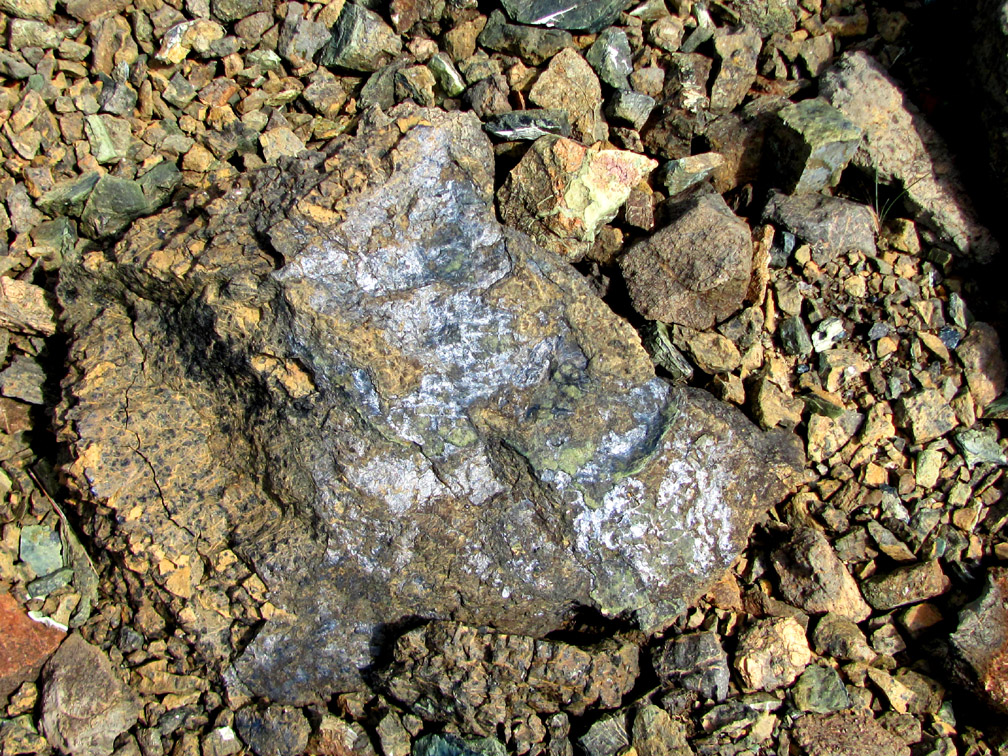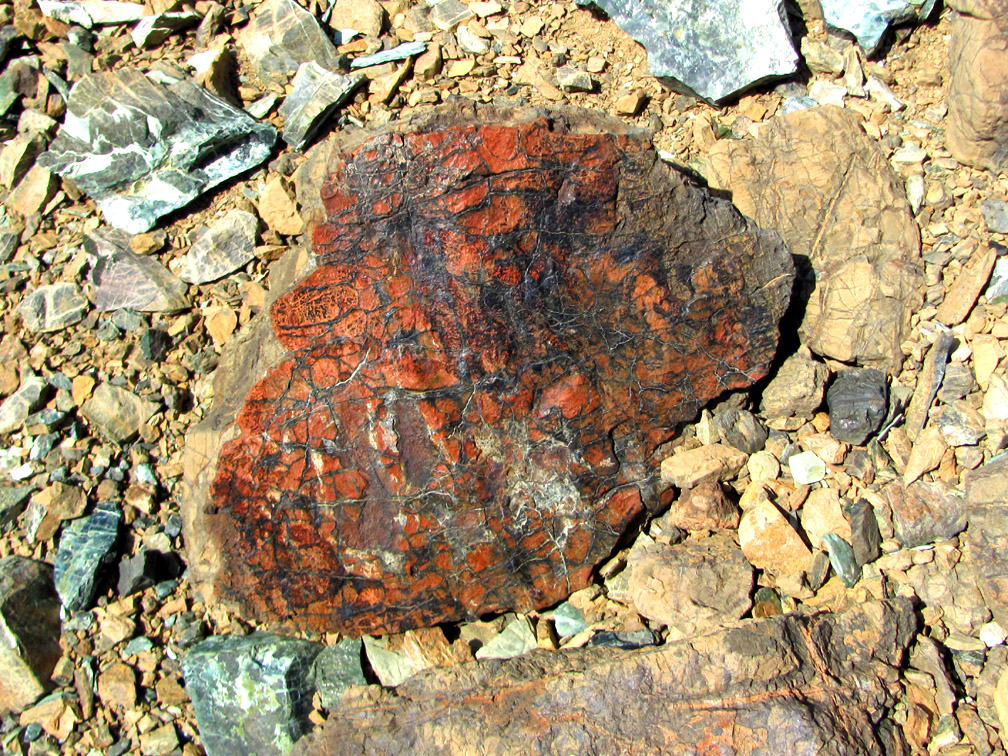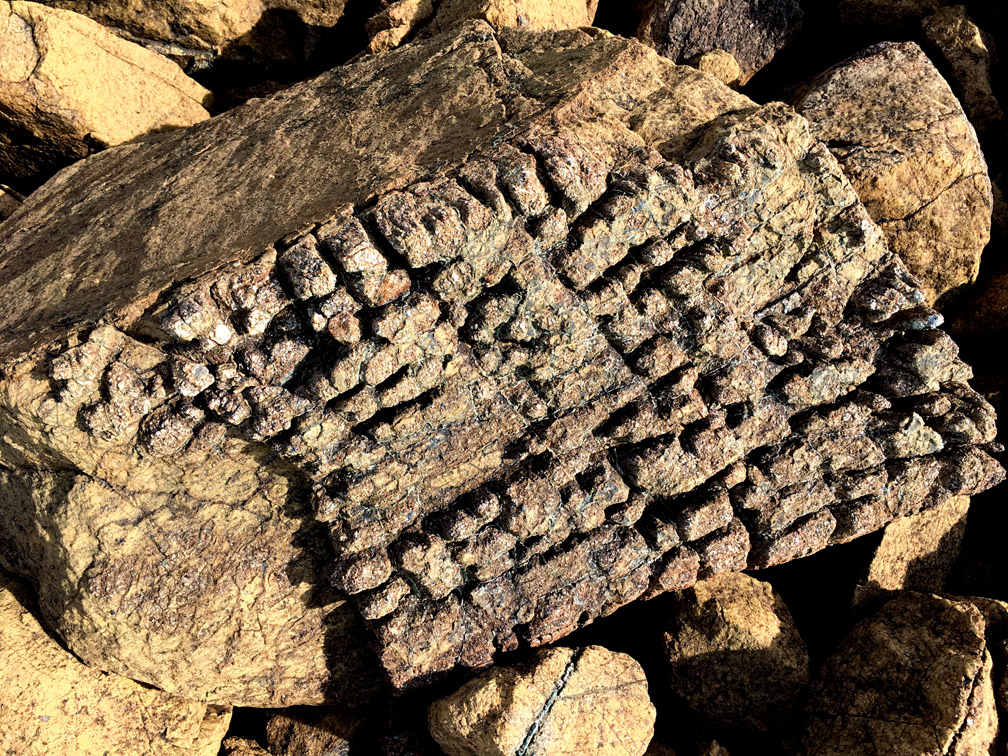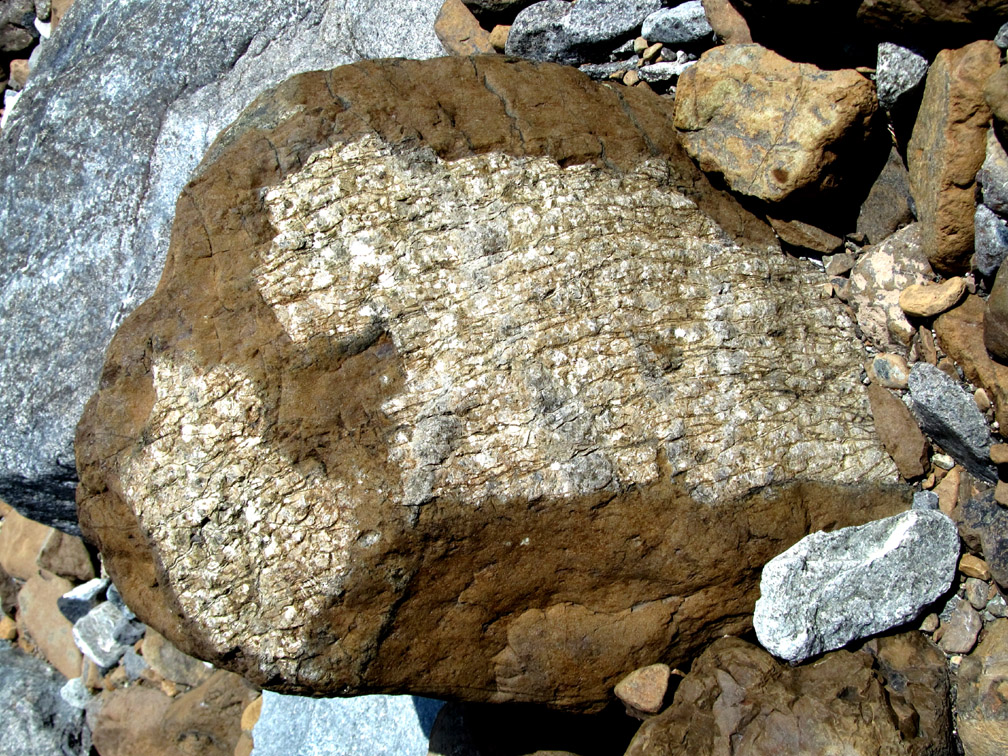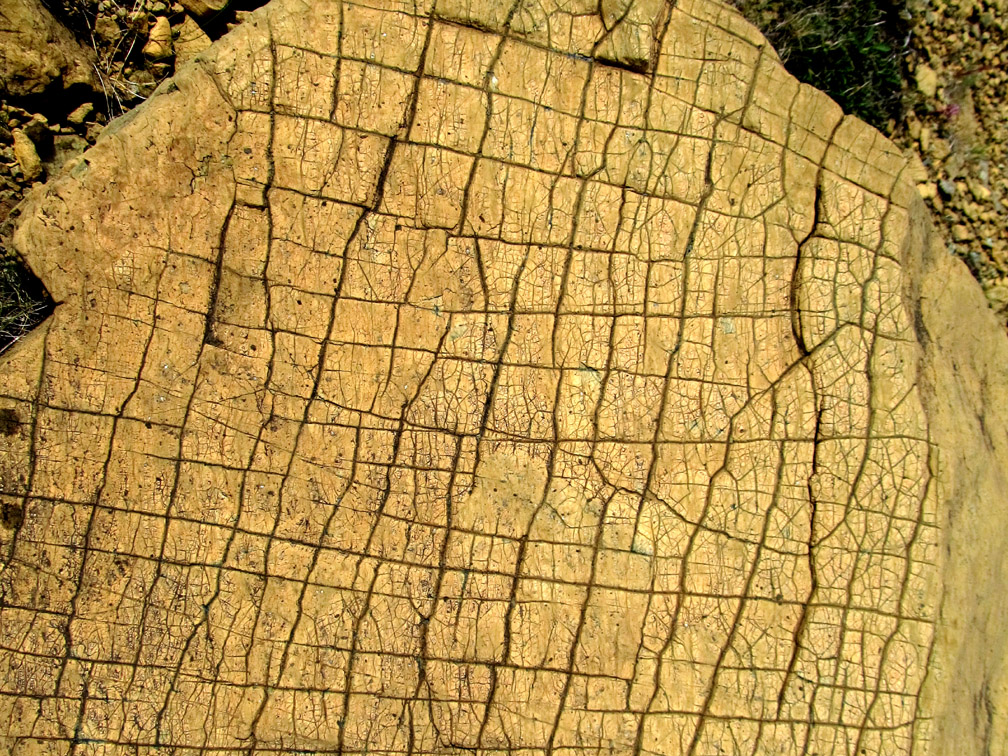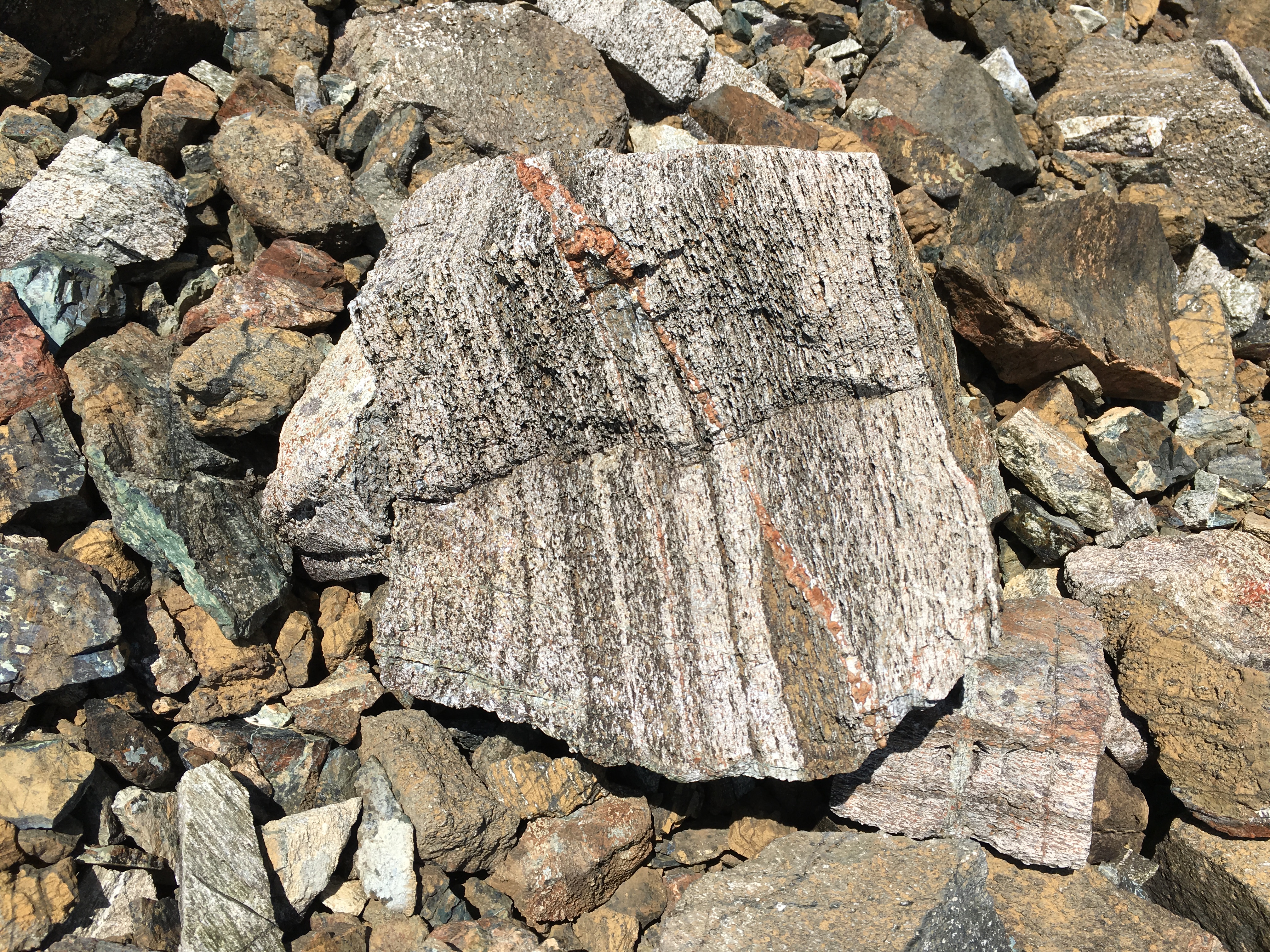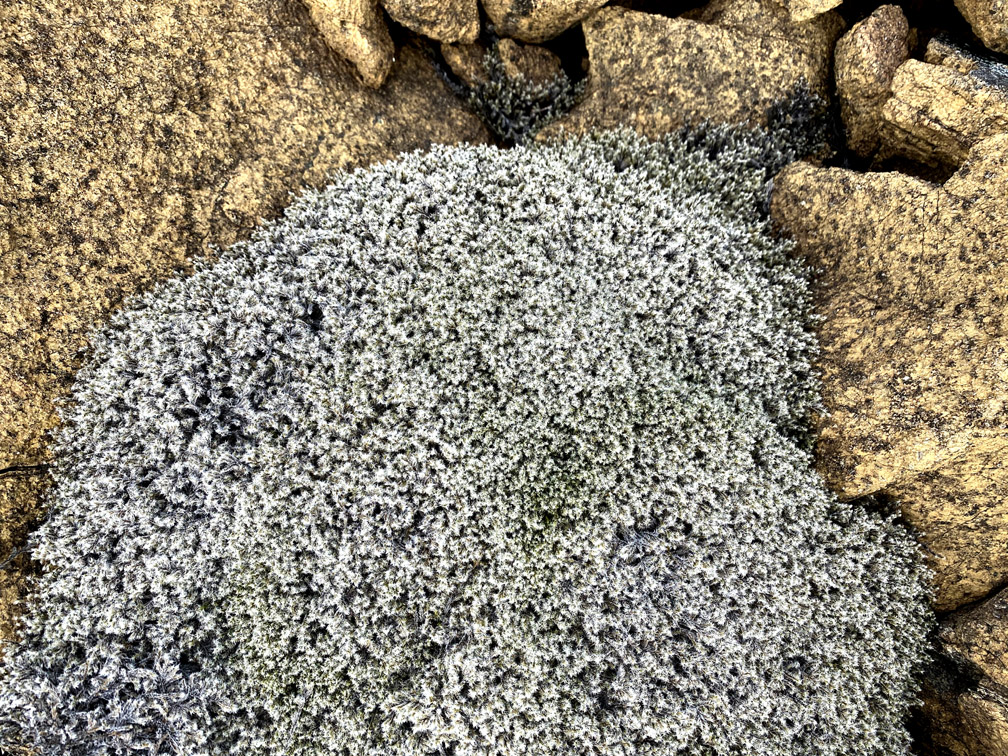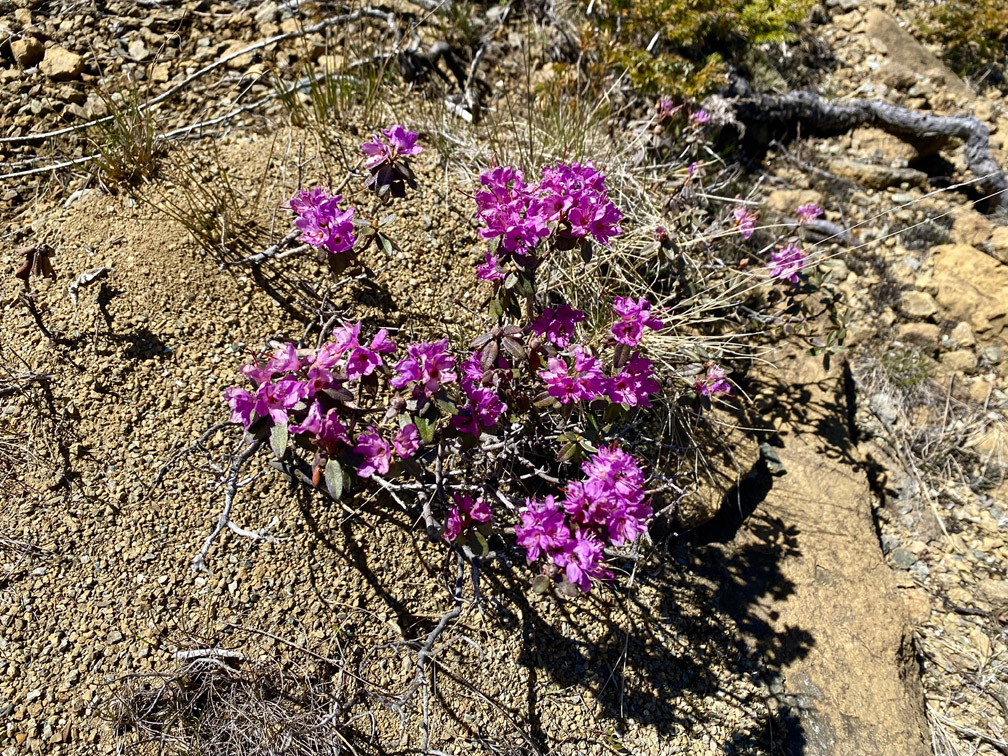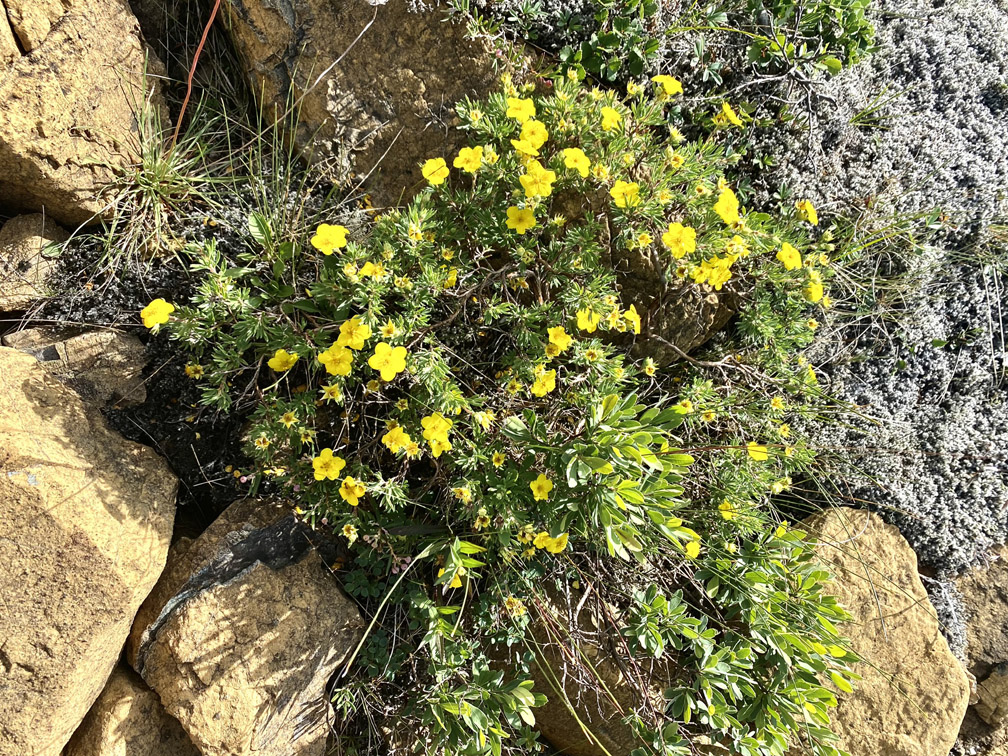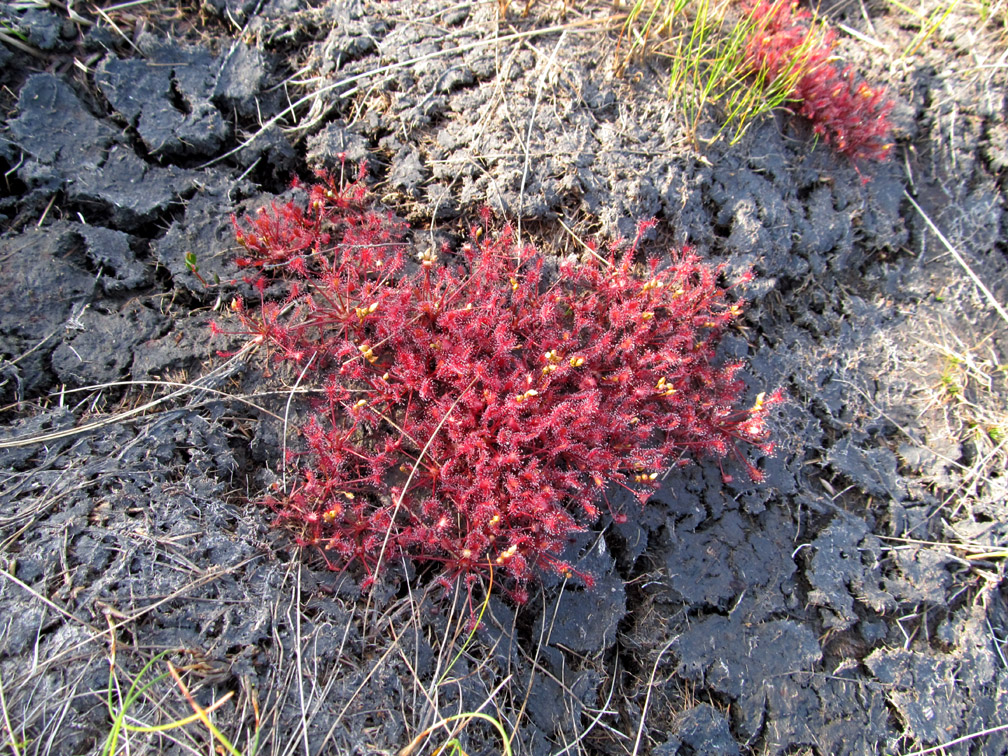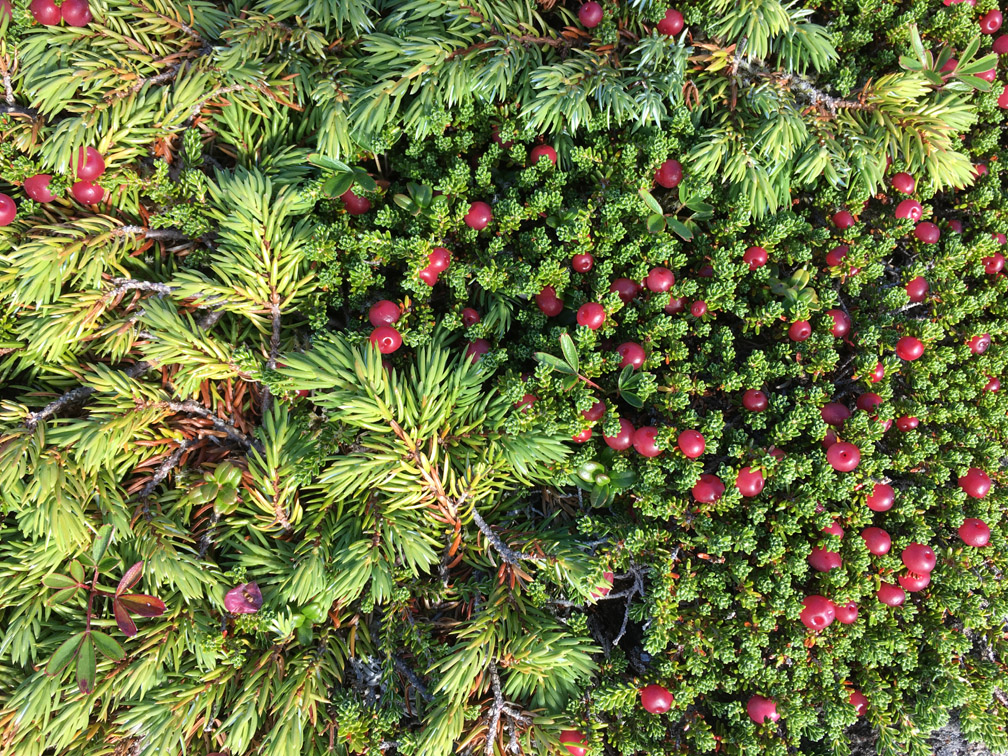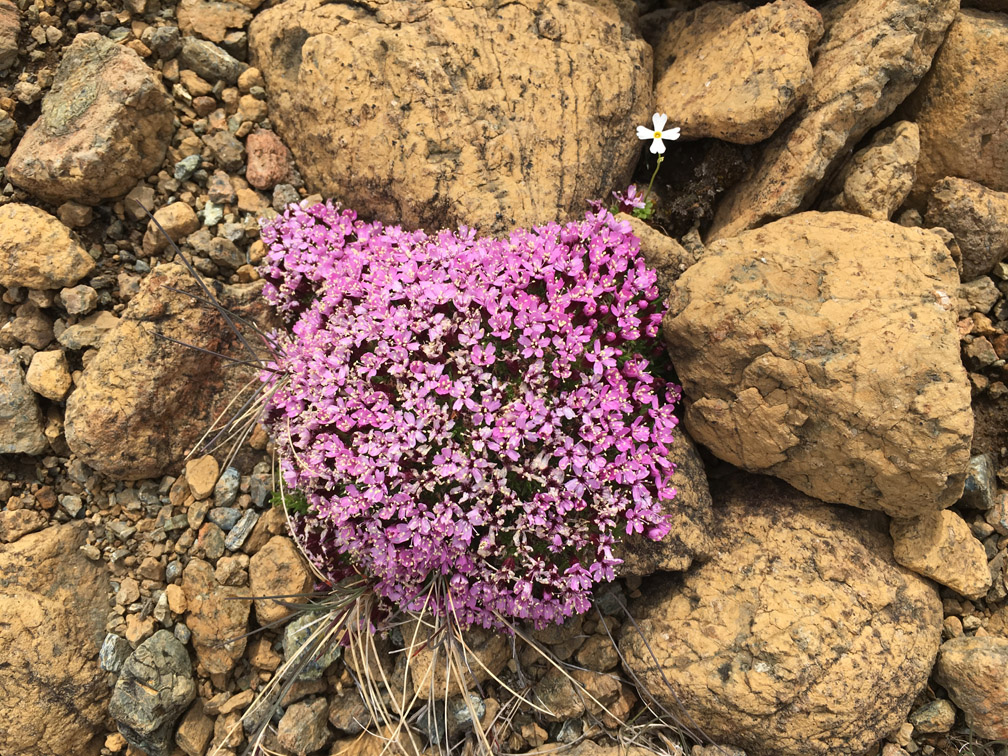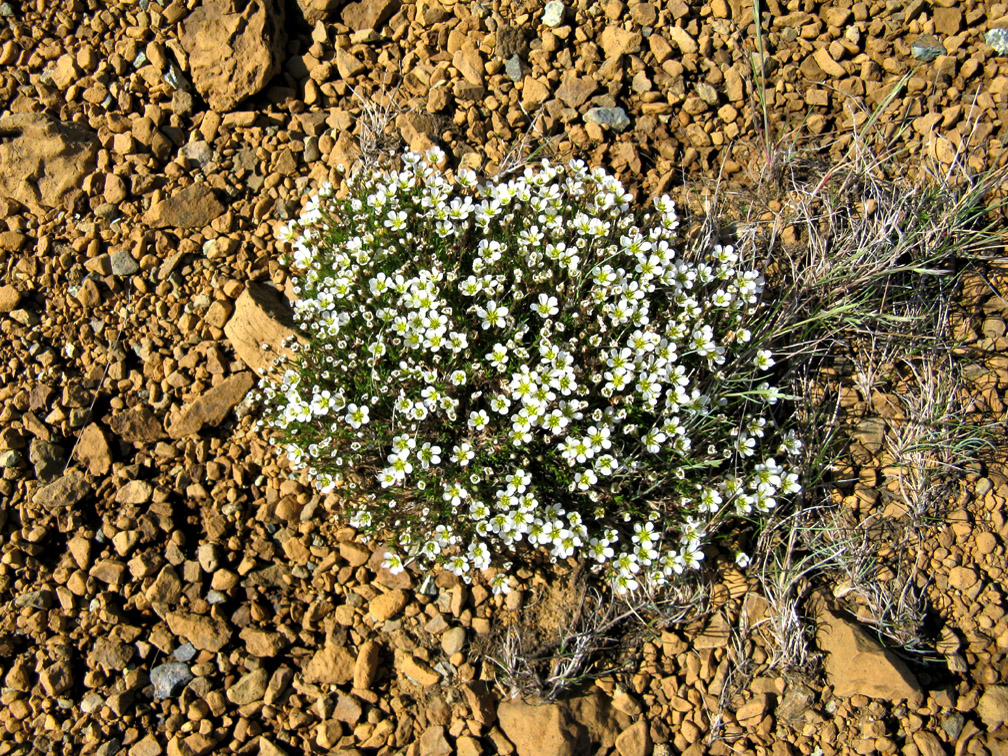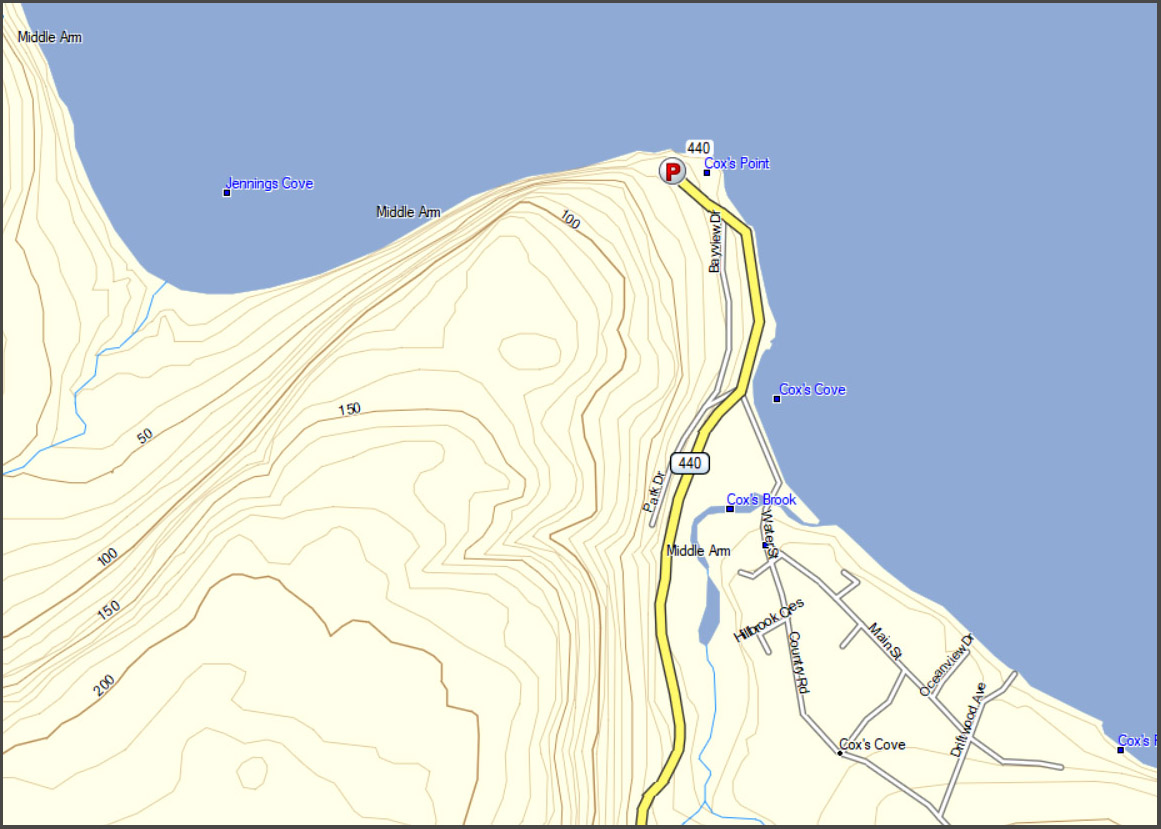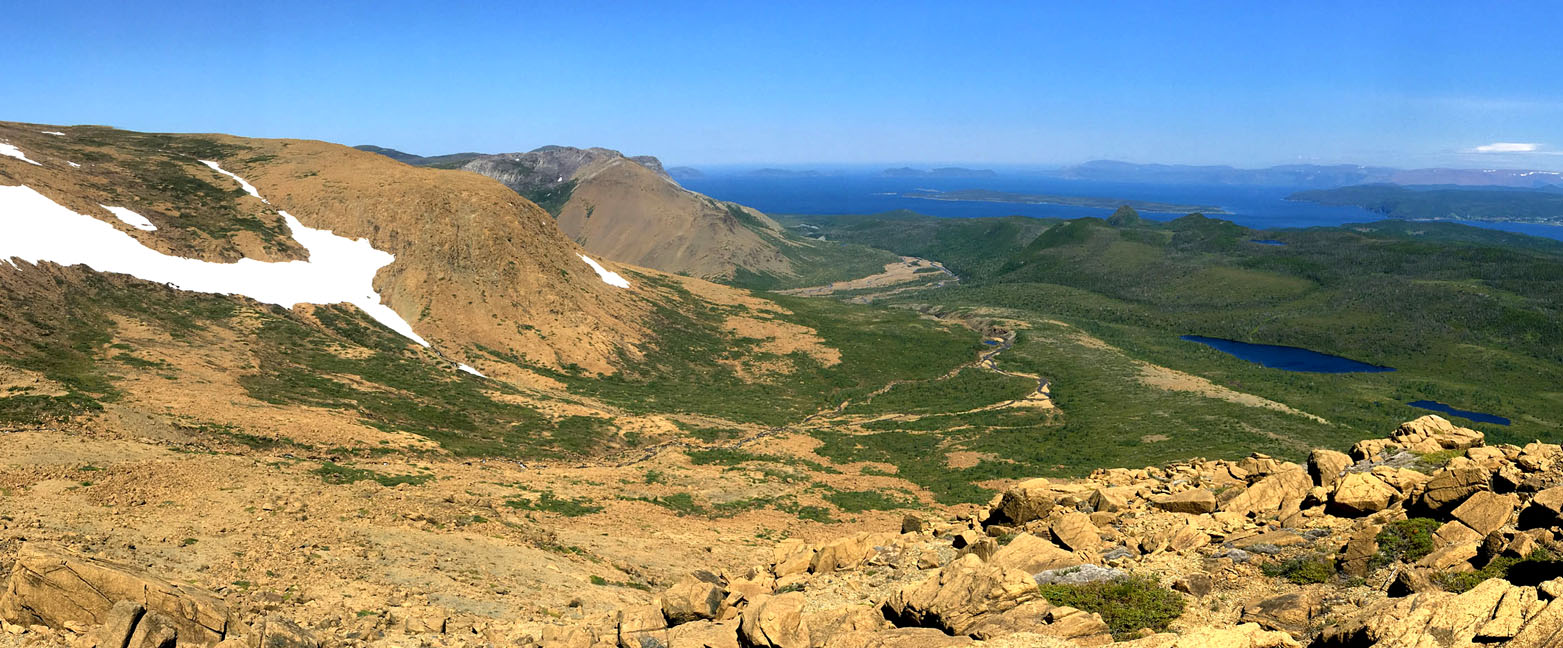
Description
The “Blow Me Down Mountains” appeared on James Cook‘s Chart of the West Coast of Newfoundland published in 1768 after his survey of 1767. They were so named because “WSW and SW winds blow here sometimes with great Violence Occasioned by the nature of the land, there being a Valley of low land between this Harbour and Coal River [Serpentine River] which is bounded on each side with high hills, this causeth these winds to blow very strong over the low land.” York Harbour, at the base of the mountains in Bay of Islands, was identified as a good anchorage and where Cook took on wood, water and other provisions.

Also known as the Blow Me Down Ophiolite Massif, the Blow Me Downs are the second (from south) of four glacier-carved massifs that together form the Bay of Islands Ophiolite Complex. The mountains rise to a height of 750m (2461ft) at Round Hill and cover approximately 200 sq kms. They are bounded by the outer Bay of Islands to the north, Humber Arm and forested foothills in the east, Serpentine River and Lake in the south, and coastal plain, Little Port Island Arc, and Gulf of St. Lawrence to the west.
Like the other Bay of Islands Ophiolite Massifs, the Blow Me Down Mountains are “broad, ocean-front mesas with enormous alpine tablelands”¹ composed primarily of two distinct geological formations fused together: ultramafic mantle from earth’s interior in the east and mafic oceanic crust formed above it to the west. The former is composed of rust-colored peridotite (oxidized when exposed to air) and other silicate rock types, while the latter is composed of light-gray gabbro and other intrusive igneous rocks. These geological formations were forced to the surface by the movement of earth’s continental plates in a process called plate tectonics. Like the North Arm Hills, the Blow Me Down Mountains also contain large sections of sheeted dykes and pillow lava, making them more complete ophiolite massifs.
The formation of the Blow Me Down Mountains spans two geological periods: the Cambrian and Ordovician. The former was the first period of the Paleozoic Era, a time of great geological, climatic and evolutionary change that began c. 541 million years ago (Mya) with the Cambrian Explosion, when life on earth – primarily in the oceans – rapidly diversified to create representatives of all animal phyla. The Ordovician period followed c. 485 Mya and lasted roughly 41 million years. Life continued to diversify in the ocean, and though dominated by invertebrates such as molluscs and arthropods, vertebrate fish continued to evolve. Over millions of years, this abundant life was transformed into major petroleum and gas reserves. However unlike the surrounding foothills, the Blow Me Down Mountains are composed of igneous and not sedimentary rock, and are thus devoid of both fossils and oil.
As indicated above, the igneous rocks of the Blow Me Down Mountains are generally either mafic or ultramafic. The latter are composed of intrusive igneous rock known as peridotite, and include serpentinized harzburgite, dunite, pyroxenite, and lherzolite, while the former are composed of a somewhat more viscous intrusive rock called gabbro that includes diorite and minor trondhjemite. Like the other three Bay of Islands Ophiolite Massifs, the Blow Me Down Mountains contain some of the best exposures of ophiolitic rock on earth, made all the more visible by the glacier-carved “gulches” that bisect them.
By definition, “ma fic” rocks are high in magnesium and iron (ferrum), while “ultra ma fic” rocks are extremely high in magnesium and iron, to the point they oxidize when exposed to air. As a result, soils composed of these rocks can only support plant species that have adapted to their mineralogical characteristics, including low calcium to magnesium ratio, lack of essential nutrients like nitrogen, potassium and phosphorous, and high concentrations of heavy metals such as iron and chromium. Noteworthy landscapes with endemic species include serpentine barrens at both low and high altitudes, and steep canyon walls with loose scree and low to abundant light.
To the south of Blow Me Down Mountains lies Serpentine Valley, which separates the mountains from Lewis Hills. Streams flowing south through Simms and Red Gulches empty into Serpentine Lake, which drains into Serpentive River and the Gulf of St. Lawrence. In the north, Blow Me Down Brook plunges over a series of waterfalls – including the 45 meter (150 ft) Blow Me Down Brook Falls – into Blow Me Down Brook Gulch, before flowing east through a deeply incised cirque-like canyon then turning north to empty into the Bay of Islands approx 3 kms (2 miles) west of Frenchman’s Cove. Simms Gulch and Blow Me Down Brook Gulch, like Rope Cove Canyon and Travertine Canyon in the Lewis Hills, straddle the discontinuity between light-gray gabbro from the ocean crust and rust-colored peridotite from earth’s mantle below, which has been cleaved apart by glaciation during various Pleistocene ice ages (i.e., 2.6 million to 11,000 years ago).
The Blow Me Down Mountains, like the other three Bay of Islands Ophiolite Massifs, straddle the realms of geological wonderland and hiking playground, as the essentially treeless canyons and barren mountaintop plateaus provide relatively easy access with full view of the geological composition. Though strong hikers can cross the mountains in a single day in June and July, for most it is a two-day trek. Along the way, hikers can take a dip in the crystal clear waters characteristic of the Bay of Islands Ophiolite.
1 Beyond Ktaadn, Eastern Alpine Guide, ©2012, p. 183
Points of Interest
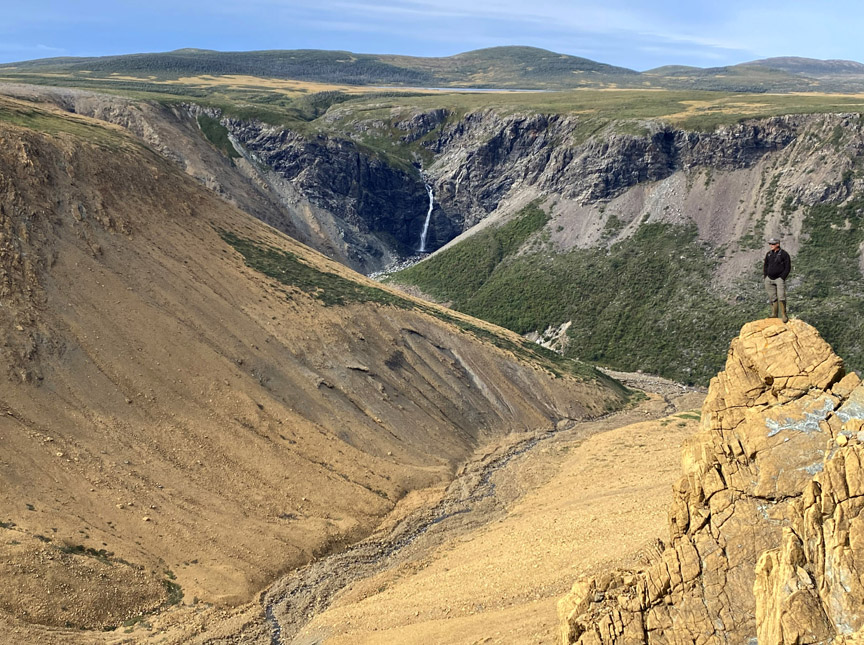
Blow Me Down Gulch
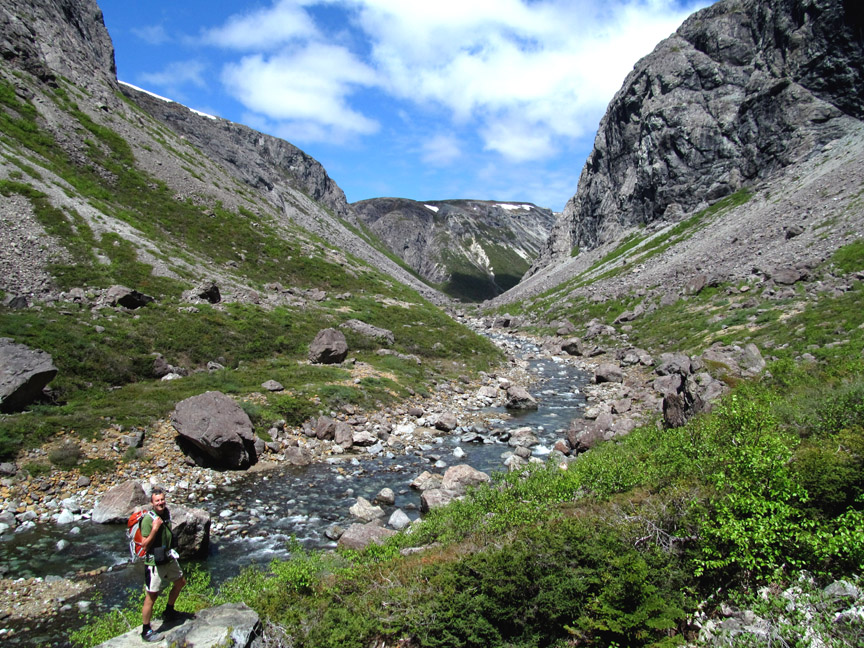
Simms Gulch
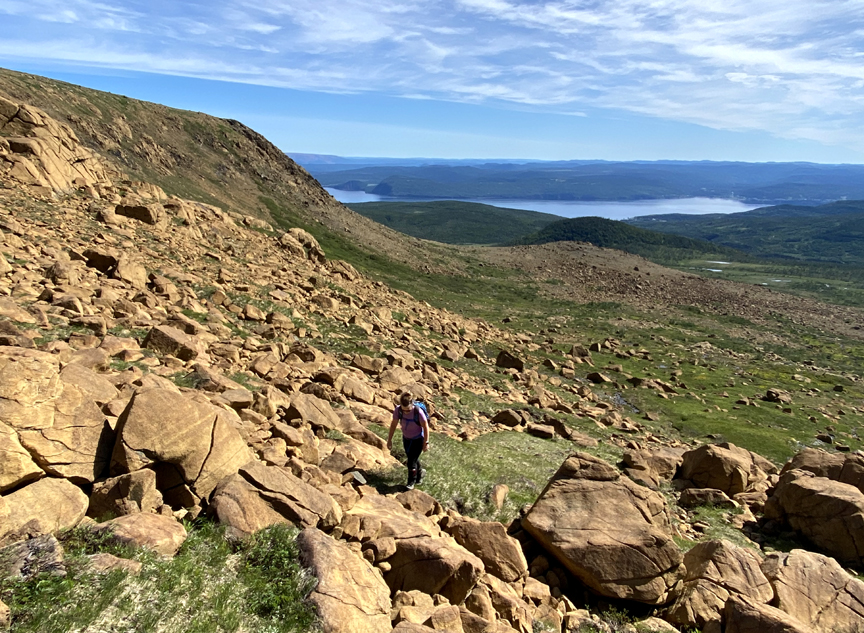
Blow Me Down East
Access
Road access to the Blow Me Down Ophiolite Massif is provided by Route 450 (on the south side of Bay of Islands) in the north, and Logger School gravel logging road in the south, via the Trans Canada Highway or towns of Mount Moriah and Benoit’s Cove in Humber Arm.
Hikers can access the north side of Blow Me Down Mountains via the OBIEC/IATNL Cape Blow Me Down Trail on the eastern side of York Harbour and the IATNL Hummock Trail above Frenchman’s Cove. New trails and hiking routes, including the IATNL Blow Me Down Traverse and IATNL Blow Me Down East Traverse, are being developed from Clark’s Brook above Benoit’s Cove on the northeast side of the mountains. In the south, hikers can access the mountains by way of the IATNL Blow Me Down Traverse into Simms Gulch after wading across the western end of Serpentine Lake.
Cell phone reception is only available at higher elevations in the east.
Location

